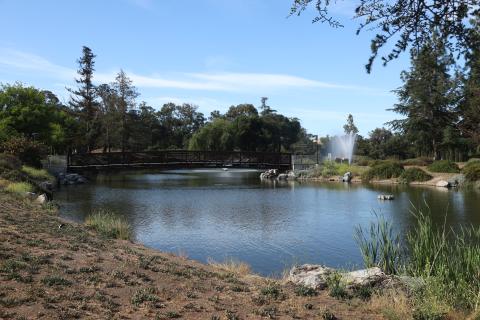Overview.
The purpose of the associate degree in Biology is to provide a lower division science foundation for those interested in pursuing biology as a major field of study. This major prepares students to transfer to any California State University or University of California campus. Students considering careers in research, teaching, medical fields, biotechnology, or other related fields require a foundation in biological sciences. The Biology major is an ideal academic preparation for entry into these professions. Students must complete each major course and major elective course with a grade of ‘C’ or better to be awarded the degree.

What is a Program Map?
A program map is a suggested semester-by-semester plan to help you complete the courses required for a particular degree or certificate. It is based on the major sheet for the particular degree or certificate you are interested in. It includes courses required for the major, general education and any necessary electives.
A program map is a representation of the major sheet. It includes the specific specialty courses in a major, general education courses and any necessary electives.
What is a Major Sheet?
A major sheet includes a description of the program you are interested in, what you can expect to learn once you have completed the program (Program Learning Outcomes) and the specific specialty courses you will need to complete within a major.